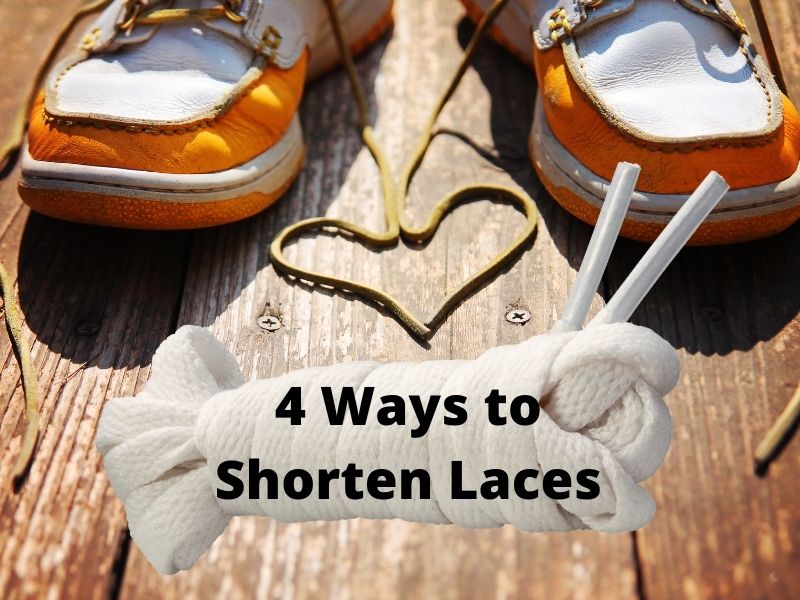We have all bought that pair of shoes where the shoelaces were just a little too long. Most of the time, they are double-knotted or tucked into the side of our shoes. However, there are better ways of dealing with shoelaces that are too long.
Can you shorten shoelaces? You can shorten shoelaces, or you can simply cut them off and do it the old-fashioned way. However, you can still look fashionable as well without having to cut them off and, at the same time, keep them at the length it is needed at.
So how would you prefer to have your shoes appear? If you want a stylish side that looks like you stepped out of a fashion store, there are alternatives. If you want something quick, easy, and permanent, there are options. If you just want to take a trip on the wild side with your shoes, there are options for that as well.
So, no matter what style you are, what type of shoes you wear, or what color your shoelaces are, you can still be you. Nothing is keeping you from being tip-top shape in your style and preference. You can also express yourself in your lacing. You can look stylish with just a little bit of work. You do not have to spend a whole lot of money to do so.
Can Shoelaces Be Shortened?
Shoelaces can be shortened. However, again it is up to what you want and how you want your shoes to look. If you already have some boots that are greased up, covered in dirt, and stained up beyond repair. It is not going to matter if you have some burnt ends on your shoelaces.
However, if you have some nice tennis (street) shoes that are meant for a night into town, you want to keep them at their best.
1. Measuring and Cutting the Laces
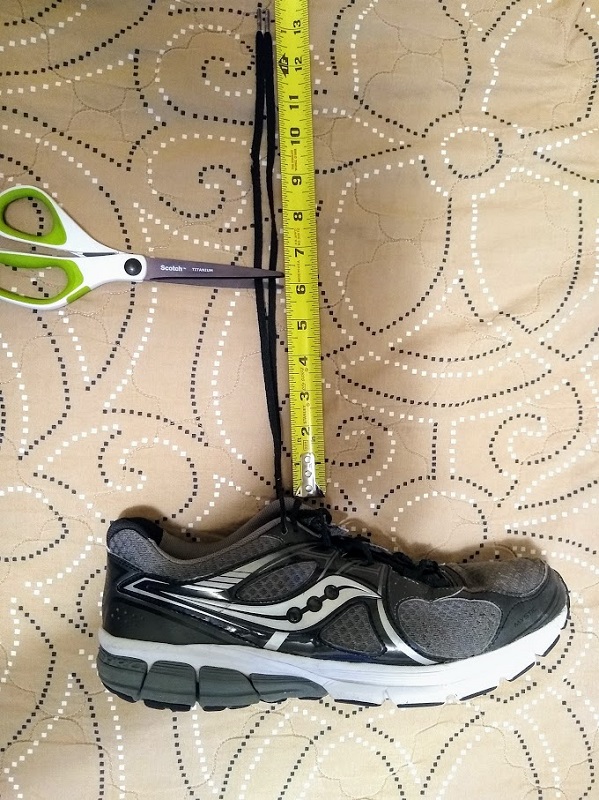
You can always measure the length of laces that you prefer. You can always simply cut the shoelaces and burn the ends. Many people who own work shoes and boots, use this simple fix for long shoelaces, by doing the simple cut and burn method. You can do this as well if you do not care about your shoes and how they look.
You can also cut a section from the center of the shoelaces in and join them back in the center as well. This is one way to ensure you have a permanent mark of where your center is. You do not have to worry about being off-balance with the length of your shoelaces.
2. Buy New Shoelaces
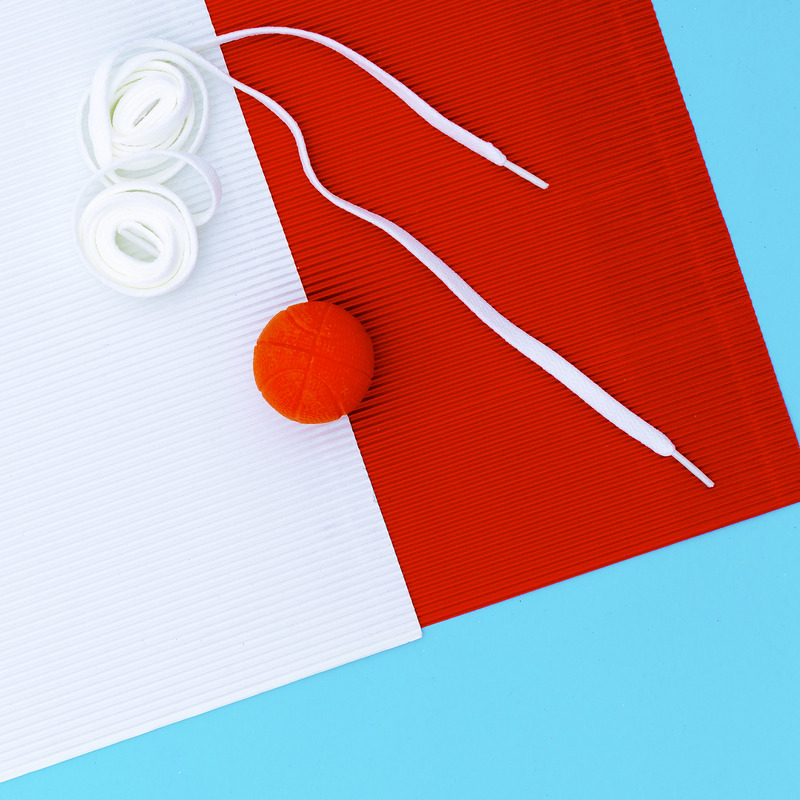
You could get better-measured shoelaces; however, most average shoelaces are near the same measurements. There is a “mass” standard size that there is constant access to. The sizes range (article) from thirty-three inches to one hundred and twenty inches when it comes to shoelaces. They are made to fit anything from tennis (Street) shoes to tall boots.
There are so many materials and styles when it comes to shoelaces. Be sure to check and see which ones fit with the shoes that you have, what gives you more support, what type of knots, and what activities you are taking part in. Special Ties for Your Special Shoes
There are so many ways you can tie shoes, and over the years, the ways have grown. While there are many types of ties (article), there are a select few that have made it on the “top” coolest list.
Just your luck, they also help shorten your shoelaces where you want them the be without anything drastic. There is no cutting or burning. No frayed crazy looking shoelace ends on your special occasion street shoes.
3. Types of Special Ties
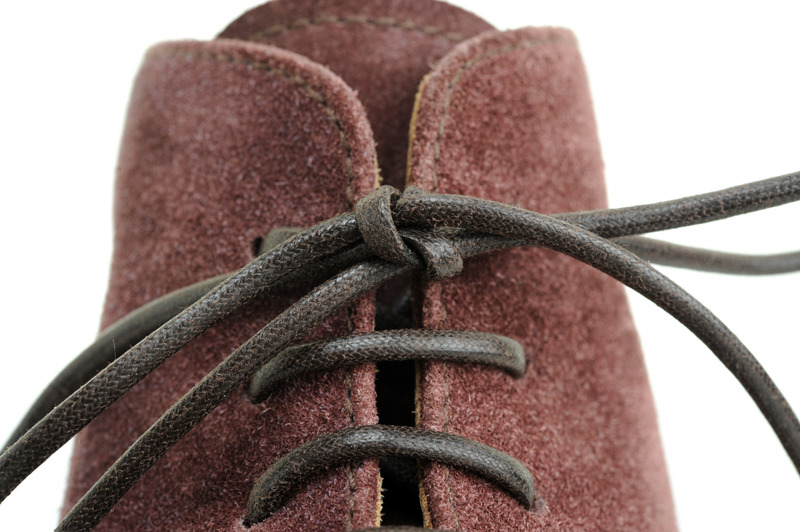
So, we have taken a look at Ian’s list of top knots, out of the possible two trillion lacing methods. Ian has put everything about shoelaces, their lacing, and types of lacing methods in this one spot. Everything you could find out about shoelaces, you can find here on this site. You are sure to look stylish with your shoelaces. We searched and found the top three knots that don’t just look cool. They’ll also shorten your laces without cutting them.
Ian Knot (see article)- True to its source, this knot looks just like the standard lace knot. However, because it was done more quickly and less tug and pull, it allows less wear and tear to your shoelaces. With less wear and tear, this means your shoelaces can look fresh and clean for a longer length of time.
The Secure Ian Knot (see article)- This knot is more secure than the original knot and needs nearly double the tension to pull it apart. This knot works wonderfully for those who are very active in running, mountain climbing, and so much more. You do not have to stop in the middle of what you are doing to re-tie your shoelaces.
Surgeon Knot (see article)- is the most commonly known secure knot. It looks like the standard knot; however, it is not and is flipped around through the middle before pulling it tight. This secures the knot a bit more to keep it from coming undone while
Good Old-Fashioned Knot (see article)- Some people double knot, just to add more security in the tying of their shoelaces. While it is great to secure knots, it is also used to shorten shoelaces, so they will not hang too low. Many times, shoelaces that are too long can still drag onto the ground and cause shoelaces to become damaged or frayed.
4. Tuck ‘n’ Go
The good tuck ‘n’ go is the art of tucking shoelaces into the sides or front of your shoes, making them unable to be seen. Some tuck shoelaces behind the “tongue,” and others stick them on the sides. Be careful when doing this, if you are involved in sports or exercise, this can irritate your foot. This, if left unattended, can cause infection as well.
The tucking method can also be used to tuck under crossovers along with the lacing pattern. This can be done down the middle of the shoe. Tucking allows the ability to make use but also hide and shorten the shoelace without making it look bulky and tacky.
Artificially shortening, is lacing the shoes while on your feet. Then lacing back through the holes back to the tip, near your toes of the shoe. When this has been done, then tie a knot at the bottom of the shoe. All your excess should be sitting down there and safely out of your way.
Benefits of Correctly Sized Shoelaces

If you purchase the correct shoe sizes, you will be able to avoid some unwanted factors. Also, not all feet are the same. Feet are shaped differently, wider at the top than others. Some people have other factors to consider, as well. The right shoelaces help determine the safety of you and your feed. This helps prevent injury, both immediate and long-term.
How to Find the Correct Size
To find the correct size, you can take one of your shoelaces and measure it. You can also count the holes, also called eyelets, of your shoes. By doing this, you will be able to avoid shoelaces that are too short or too long. This can help you lace for comfort, stability, safety, and balance.
The Knots Ian states that there are several different ways of doing knots. This can range from direction of left to right, front to back, and top to bottom. You can also create different knots by using different fingers. You must keep the “core” (article) of the knot no matter what fingers you use.
Prevent your shoelaces from becoming untied, check and make sure you are tying a balanced and snug knot. Always pull nice and tight before continuing on your adventures. Understand the type of material that your laces are made from because some materials more easily slide apart.
If they are slippery, you can either take some sandpaper and rough them up or putting things such as cement on your shoelaces to keep them secure. Make sure they are also the correct length; otherwise, they can catch on to things, be stepped on, or simply not have enough to hold snug in the knot that you put them in.
There is a Math Behind it All
From the number of holes in the shoes to lacing from the inside or the outside, that is twenty-four possible ways to start just off the top.
Then ways of feeding the shoelace, or the direction, along with everything else it can be multiplied basically by itself. Sometimes there are duplicate paths that become mirror images of the other it can come up to five-hundred billion unique paths of shoelaces.
There are shoelace length formulas (article), according to Ian. For every type of lacing, there is a formula to find the correct shoelace length that is meant for the type of lacing.
Calculating the correct length for a shoe and a lacing method is very important and needs to be taken into account of how many holes (eyelets), how much, and how many spacings.
Avoid Damage
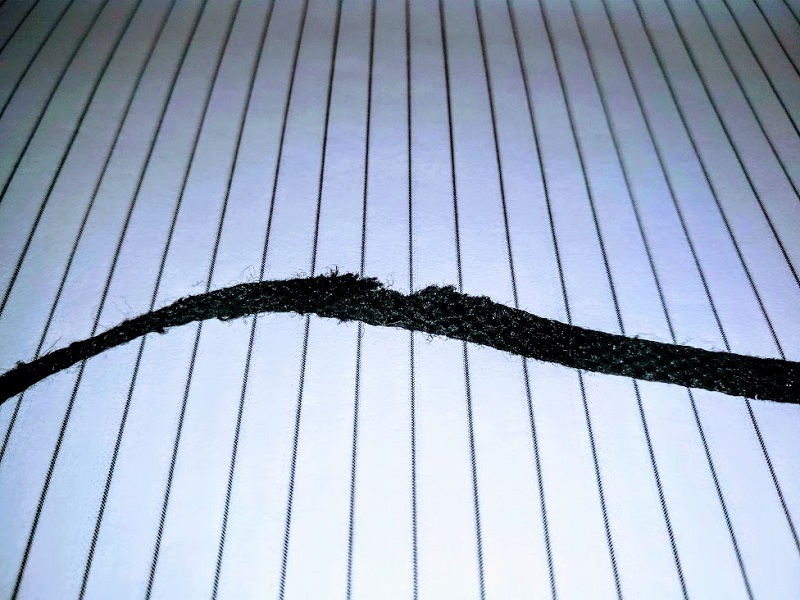
Damage can be done to feet by the smallest things. The obvious watching where we walk can cause us to fall and break our ankles, toes, or other strange things. Dropping things on our feet can also cause damage. However, the wrong size shoe or the wrong shoelaces can also cause damage. We all know what can happen if you walk around with your shoelaces untied.
What the Doctors Say
The doctors (article) have a point of view varying on shoelaces, how they are tied, and how it will affect your foot. It is very important to keep your feet in the best health possible. It is how we get around. Most of us work on our feet. It is very important to take care of our feet as much as possible so that they last us longer in our life.
If you have standard feet with no problems or concerns, the traditional lacing technique is fine for you to use. It is safe, just be sure to pull up towards your ankles and pull securely. If you do not, you will not have the support that they are designed to give you.
If you have narrow heels, your heel can easily slip out of the back of your shoes. To help with that problem, you can use a lock lacing technique that will tighten the shoe around the ankles. You lace the shoes up each outlet along with the shoe then a loop across the shoe between the two holes at the top of the shoe. You can tie it normally, and this will help keep your heel in your shoe.
If you have wide feet, leave the holes closest to your toes empty. Do not use them. This way, you are tightening the laces near your ankles without taking away space across the front of your shoe where the widest part of your foot is.
High arches can be easily irritated when forced to rub against the top of your shoes. You can help prevent this by lacing across to the center, then in the middle, you go into the holes above, then back to crossing when you get to the top of the shoe. This allows a little bit of breathing room in the center.
The doctors also say to always loosen your laces before you put your shoes on. Your feet swell sometimes, and also, you do not want to put too much wear and tear on the holes and laces of your shoes. Be sure when purchasing new shoes, to try and get shoes with the most holes. In this, you can adjust; however, you need it.
History of Shoelaces
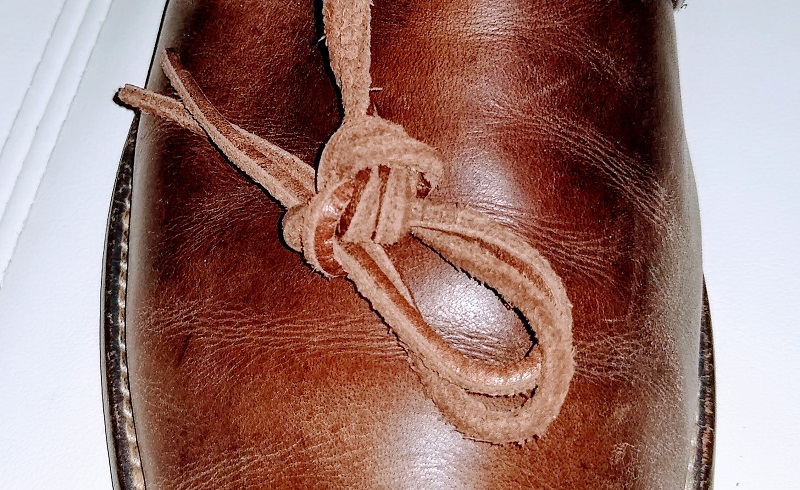
Shoelaces were originally made from leather. They were designed to secure shoes, boots, and other footwear. Some also called them shoestrings. They are dated back to approximately 3500BC (article).
No one knows who originally invented the shoelace, but it has come to an important part of shoes and the growth of shoes up to today. Shoelaces are meant to go through each hole, loop, or hooks snuggly holding the shoe to one’s foot for safety and protection.
Those with the lesser money typically wore simple shoes or boots (article) that were tied with rawhide or leather laces. The holes along the shoe help guided the lace and were called eyelets. They were hand-sewn until approximately the early to mid-1800s. That is when metal eyelets were created and started being used in boots for women. It then moved on to elastic, where the boots were able to be easily pulled on and off but still provided security.
What Shoelaces Were Made From
Shoelaces were made mostly of rope made from materials such as cotton, hemp, and leather. Most shoelaces today are made from synthetic materials polyester and nylon to prevent deterioration and fraying; however, some are still made of cotton.
Typically, tennis shoes and skater shoes are sporting some cotton shoelaces; however, most “work” shoes are given with textured or spun polyester. Walking boots and shoes typically have nylon laces, while sports shoes are set with elastic to provide room for movement.
The Plastic End
The plastic end of a shoelace is called an aglet, which was invented in 1790 by Harvey Kennedy. This helps protect the end of the shoelaces from becoming damaged or frayed. Some more luxury-styled shoelace aglets are made from metal.
Shoelace Accessories
Did you know that shoelaces can have accessories too? They can be tool-like accessories such as skating hooks or boot hooks. Some charms are used for self-expression. Some are also colored differently to help in self-expression.
How Does the Shoelace Untie A long study of approximately two years resulted in the science behind the shoelaces and how they become untied (see article). They concluded that the shoelace begins being untied by the impact of the shoe on the ground. When this happens, the whipping of the laces causes the knot to loosen even more. This is where it eventually pulls apart.
Tips to Remember
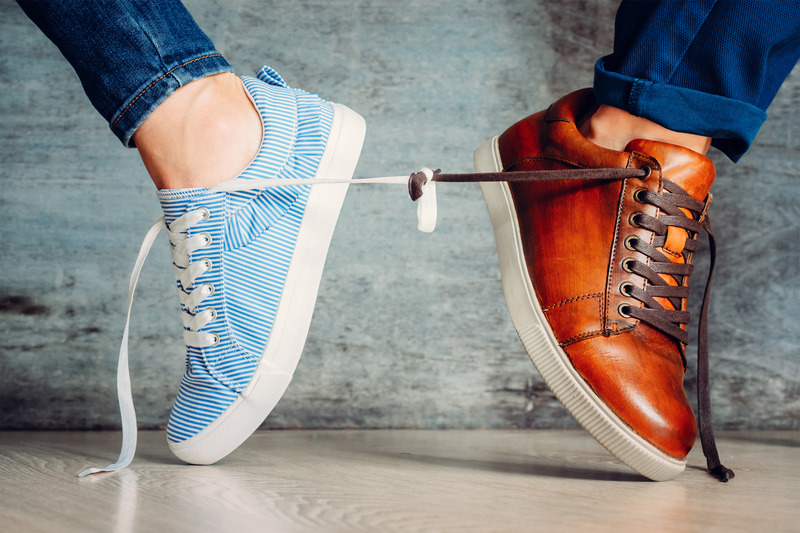
Try and stick with flat shoelaces that form better for your shoes and foot. If you have a pair of boots, use Army lacing, to allow the sides of your boots to flex more easily. They are also less likely to get caught as well when crawling through tiny areas with catches. Some skaters find this useful as well. However, some use Ladder lacing for marching and other areas that prevent ankle injuries.
If You Are Not into Math
If you are not into math (see article), or you do not like the complicated stuff, then there is an easy option. If you buy your shoes out of a shoe store, typically, they already have laces. If you like the length of those laces, but they have been damaged, or you want to change colors, just measure the ones you already have.
Thanks for visiting Helpshoe.com

